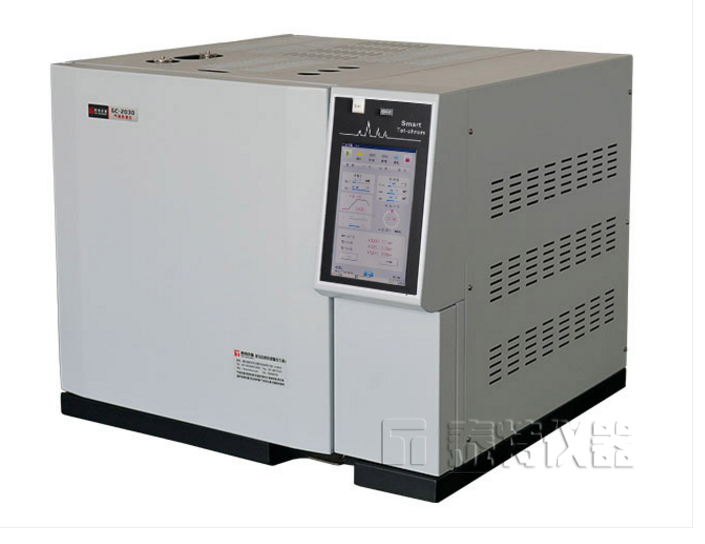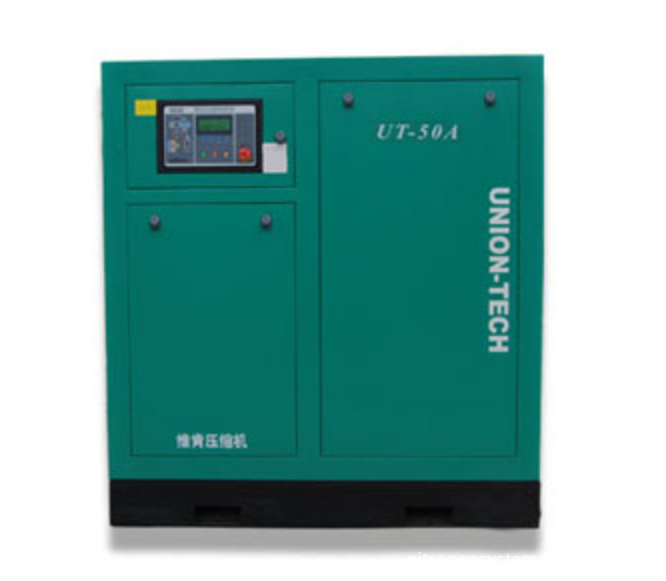Abnormal discovery and processing in gas chromatography instrument analysis

Tate Instruments is a professional manufacturer of gas chromatographs, portable chromatographs and related chromatographic consumables (chromatographic injection pads, columns, chromatographic syringes, etc.). The equipment is in line with national standards and is favored and recognized by users in the market. The following is an introduction to the abnormal discovery and processing in gas chromatograph analysis by Tate Instruments.
In daily analysis, a variety of anomalies often occur. As an analyst, in order to ensure the smooth progress of the experiment and the accuracy of the results, they must be able to detect and deal with these anomalies in time. So in the actual work, how do we deal with the exceptions we encounter?
To deal with "exceptions", we must first understand what is "abnormal". "Abnormal" is just like the normal situation; then we must be able to find the anomaly in time. To find anomalies in time, in theory, it is actually very simple, as long as you know what the normal situation is, then carefully and rigorously. However, in actual work, there are many types of abnormalities. Therefore, for normal situations, there are many types, such as normal instrument parameters, normal experimental phenomena, normal operating procedures, and normal data ranges of analysis results. In order to know these normal situations, we must carefully and carefully accumulate in the usual study and truly master these normal situations. For example, for an analysis project, we need to use the principle of the analytical method, the reagents used, the instruments used and their parameters, the experimental procedures and all the experimental phenomena in the process, the normal state of the instrument, the approximate distribution range of the usual results, etc. Inexperienced in the heart, and then in the actual sample analysis process, pay attention to every detail in the experiment, the only way to find the abnormal situation in the experiment.
An abnormality was found. If it could not be processed, the experiment could not be carried out or the result could not be guaranteed. So how do you deal with the exceptions you encounter? It is also necessary to have a lot of knowledge to classify the discovered anomalies in order to find the starting point for handling exceptions. Personally summed up, there are mainly the following categories of knowledge required:
1) The principle of the method and its side reactions and interference.
2) The condition of the reagents used and the phenomena that are prone to deterioration.
3) The experimental conditions in the steps, such as time, pH, solvent type, reagent amount, sample amount, etc., and the consequences of changes in experimental conditions.
4) The principle, structure, operation and routine maintenance knowledge of the instruments and equipment used.
5) Sample source, nature and related process conditions
6) General methods for analyzing problems, such as mind maps, step-by-step troubleshooting, alternative methods, etc.
7) Some knowledge of abnormal handling and other related disciplines.
The above listed knowledge can not be possessed at once. It must be practiced through a large number of daily operations, learning a large amount of professional theoretical knowledge and related knowledge, continuous exploration and summarization of daily failure experiments, and experience transmission of predecessors. get. With this knowledge, you will be handy in exception handling, quickly find the cause of the problem and take appropriate measures to solve it.
For example, one of the problems that often occurs in our 6890N gas chromatograph, the workstation suggests that the hydrogen flame ionization detector does not catch fire.
For this problem, we have to solve, generally know how the hydrogen flame ionization tester is ignited and how the workstation knows whether the detector is on fire.
We know that there are three conditions for gas combustion: 1) combustion gas and gas; 2) suitable ratio of two gases; 3) fire source, three conditions are indispensable. So from here we can analyze, 1) according to the structure of the instrument, how the detector's ignition components are damaged (ie no fire source), it will not catch fire. 2) If the ratio of the two gases is not suitable, there is no fire. There are four cases here. One is that the ratio we set is not suitable. The second is that the components that control the flow are not allowed. The third is air leakage. The carrier gas or make-up gas will dilute the gas or the combustion gas, so check separately. 3) If one or both of the gas or the combustion gas is not available, it will not catch fire. This may be because we mistaken one of them for zero or gas path blockage. According to the structure of the detector and the gas flow path, we know that hydrogen is ejected from the nozzle, and according to experience, the nozzle is easily clogged, so that it is easy to cause a fire. Other pipelines are less likely to clog, so we can focus on the nozzles during the analysis. The above analysis must be familiar with how the detector ignites.
And for the workstation to know if the detector is on fire, it is the other direction we want to analyze. Here we first need to know what the detector is based on to determine whether the detector is on fire, and then to know where the criteria for the determination are set, but also to know what the instrument will do if it does not meet the criteria. Through the learning of the instrument, we know that the workstation will collect the signal of the detector and get the signal value. When the signal value is greater than the limit set by our software, the workstation thinks that the instrument is on fire, so it will maintain the set gas flow. If it is below the limit we set, the gas flow is automatically turned off and the ignition is not lit. So we can see if the set limit is too high and the detector signal is not reached. In addition, we also need to check whether the signal collected by the workstation is the true value of the detector. That is, whether the signal path is normal. This requires consideration of hardware connectivity issues.
From the above analysis, we can get the general reason why the hydrogen flame detector does not catch fire:
1) The gas flow ratio is not suitable (including artificial setting, flow control element failure and air leakage)
2) Gas flow path blockage (mainly nozzle plug)
3) Ignition coil is broken
4) The software setting signal standard value is too high
5) There is a problem with the signal path, and the acquisition signal is not the actual value. In the above example, the problem analysis uses 1) detector principle and structure; 2) other knowledge (burning conditions), 3) personnel experience, 4 The method of analyzing the problem, etc., so the analysis of the cause of the abnormality requires a lot of knowledge.
For the treatment of this problem, we must first check these reasons to confirm which cause the instrument display detector does not catch fire. This in turn uses our step-by-step approach and alternative methods to lock the cause. After finding the real cause, you can handle it according to the situation. If the flow rate is not suitable, you can adjust the flow. If the component is damaged, you need to replace the component or repair. If the set value is wrong, adjust the set value. If the signal path is not good, replace it with the corresponding signal. Repair the components or the connection path.
Through the above theories and examples, we should find that exception handling is simple, but it requires a lot of knowledge and experience. However, as long as we know the general idea of ​​exception handling, through continuous learning and a large amount of experience accumulation, we will certainly be able to handle most of the abnormalities in the work, to ensure the smooth progress of the experiment and the accuracy of the results.
Air Compressor is a general industrial equipment, it is very important for industries. With the help of air compressor, air is compressed and treated by various methods. For Nitrogen Generator and Oxygen Generator, air compressor is used to provide the raw material, the compressed air. There are several kinds of air compressor, piston type, screw type and centrifugal type.
Because nitrogen/Oxygen Generators are designed for non stop operation, Screw Air Compressor is widely used. This screw air compressor provide compressed air with pressure up to 13 bars, good for the operation of nitrogen/oxygen generators.

Gas Compressor specification:
Capacity:1-200 m3/min
Max pressure: 13 bar
Air Compressor
Air Compressor,Screw Air Compressor,Mobile Air Compressor,Durable Air Compressor
Shandong Gamma Gas Engineering Co. Ltd. , https://www.gammagas.com